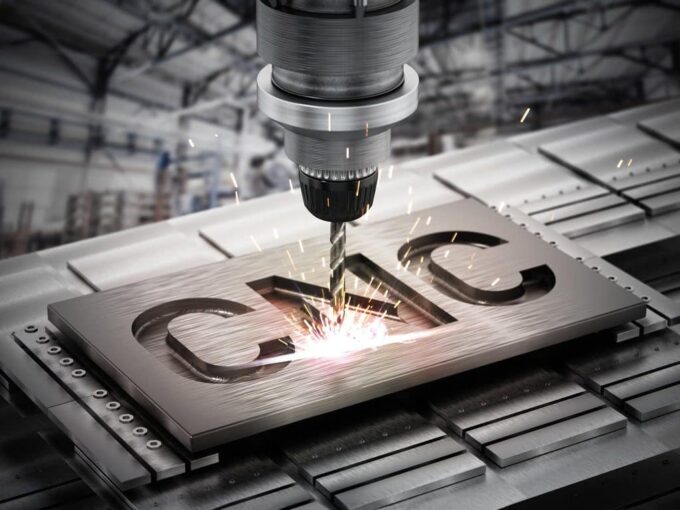If you have used a Windows computer for any significant period, you are familiar with the occasional request to install the latest updates on your computer. These updates should improve your computer’s performance, stability, and security. However, some computers slow down after such updates which leaves users wondering what happened. Below, we will look at why this is the case and what you can do to stop this from happening.
Increase Your Computer Resources
There is a lot you can do to keep your computer performing well after an update that we will discuss below. However, all that will not be very effective if you have an older system, or your system does not have enough resources to handle the updates.
It is, therefore, a good idea to consider updating your computer so it can keep up with these updates or the demands of the future. Updating your RAM, disk drives and CPU will all work in your favour. This might not be possible in some machines, though, so you might have to buy or build a new computer.
Fortunately, computer manufacturers like Lenovo sell all the parts you need to build a new computer. You can also check the different laptop and computer categories they have that suit different types of users, workspaces, and workflows.
Likely Reasons Your Computer Slowed Down After an Update
Source: computer.howstuffworks.com
One of the most common reasons this happens is due to limited RAM. Some software updates require additional RAM. This is what causes the computer to slow down as you are not left with enough RAM for other operations since the operating system is taking up a lot of it, and you’ll likely notice it when you try to play Drift Hunters or other games.
Such slowdowns typically happen on computers with less than 8 GB of RAM. With how demanding operating systems and software have become, it is best to ensure your machine has at least 16 GB of RAM, 32 being the ideal amount for those who use their computers for intensive and RAM-hungry tasks.
Another reason may be your computer’s processor. Most home computers do not run on the latest or most powerful processors. Installing many software updates may demand more than your CPU can give, leading to a reduction in your computer’s performance. This happens because the new update may require more processes to run. With each of these processes needing to be scheduled and handled, there are delays in executing tasks which leads to the perceived slowing of the system.
The good news is that Microsoft will release new updates if there is a widespread issue with computer performance after one of their updates. But what can you do in the meantime before Microsoft releases these updates?
Roll Back the Most Recent Update
Source: apparata.nl
Microsoft allows you to roll back updates that cause your system to slow down. The best thing about this is that Microsoft built the tool to do so right into the operating systems so that you do not have to rely on third-party solutions.
The tool is found under your settings. Once on the settings panel, go to Update & Security, then Windows Update and then View Update History. You then need to click on Uninstall Updates, and you will see all recent updates. You can uninstall the updates you think are causing the issue.
Delete Temporary Files
Drives that hold a lot of data can slow down after an update. This is because the update might use your storage space to store temporary files for processing the update and not delete them. The reduced disk space will lead to slower computer performance, especially if you do a lot of updates in a short period.
There are also lots of temporary files and golfers created by the computer and the installed operating system all the time. These files and folders also take up disk space and use processing power that should go into more important tasks.
Removing all temporary files and folders, whether installed after an update or during normal operations, can help improve your computer’s performance. You can use disk cleanup tools for Windows to remove these files. These types of software are also available for Macintosh and Linux, but these operating systems do not need them as much because they have their own internal disk cleaning features.
Disable Startup and Background Apps
Source: techadvisor.com
As their names suggest, start-up apps run when you boot the computer and background apps run in the background all the time. Startup apps will make your computer boot slower, and you will have to wait for their initialisation to complete before you can use the machine.
Background processes consume precious computer resources that should be used by the operating system or other essential apps. Many of these apps are not required for Windows to work so you can disable them.
Uninstall Unused Apps
Unused and unnecessary apps take up disk space and can run in the background without your knowledge. You can uninstall them to speed up your computer by gaining back some disk space and reducing processing power utilization.
Run a System Restore
Source: tomsguide.com
A system restore takes your computer back to a time when it worked correctly. You can also use a system restore like how you would use the update rollback feature to revert your computer to the state it was in before an update.
The two things you need to do to use this functionality are to create a restore point and then restore from that point. You can create the restore point on your own, and Windows will set a restore point when installing updates and allow you to use these restore points any time you wish.
Start by searching for system restore on your computer. Next, click Create a restore point. Go to the system protection tab, click on Configure and then click Turn on System Protection. Windows will not create automatic restore points for you.
If your computer slows down after a Windows update, that may be due to your computer not having enough resources to handle the update or the update installing software that requires additional space and processing power. If this happens, use the tips above to keep your computer running as expected.




